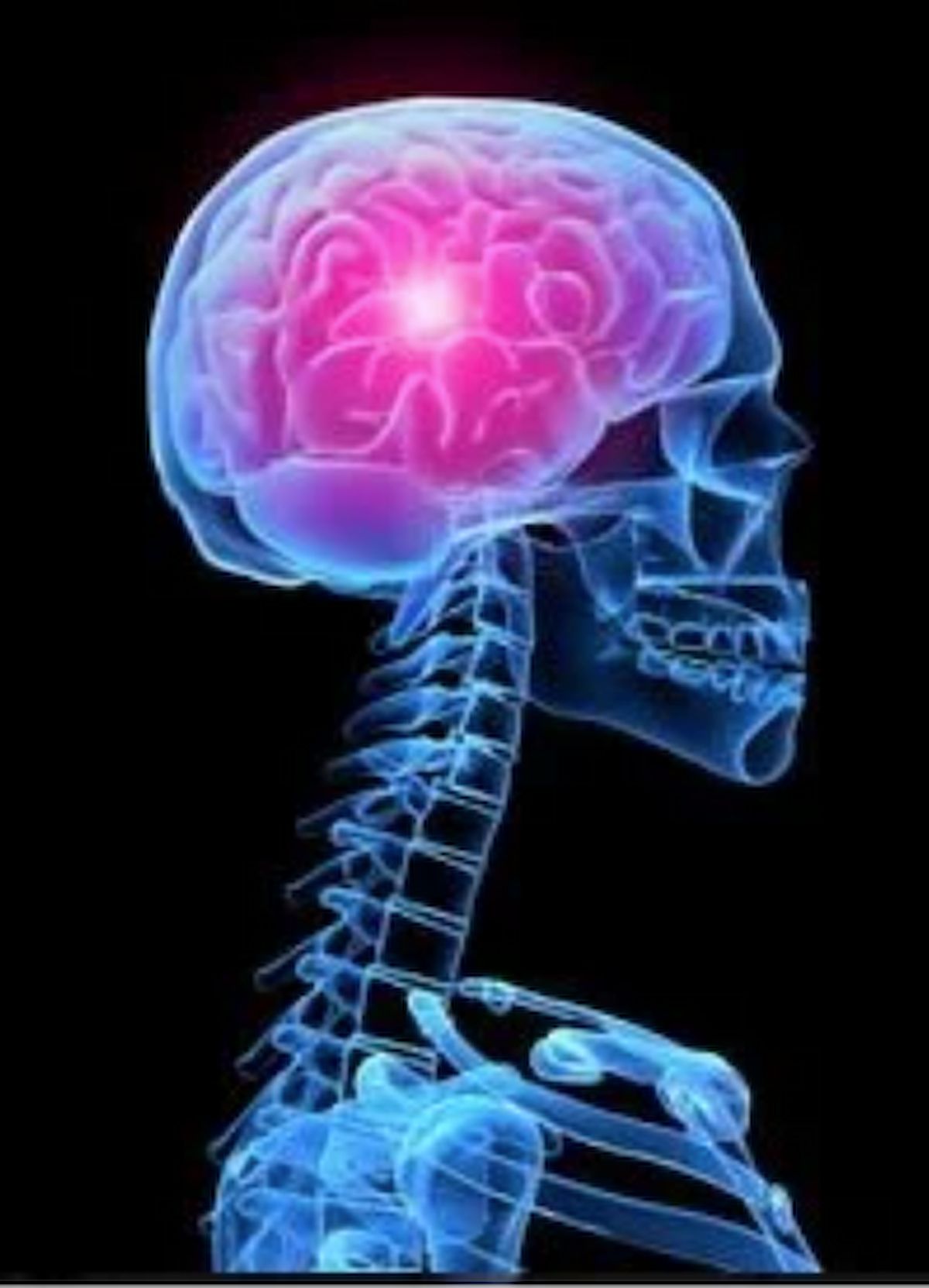TLX101/EBRT Shows Preliminary Tolerability, Efficacy in Glioblastoma
Phase 1 data may warrant further investigation of TLX101 plus external beam radiation therapy for patients with recurrent glioblastoma.
"The results from this phase 1 study demonstrate the favorable safety and tolerability profile and preliminary efficacy of TLX101 in combination with second-line EBRT, in patients with recurrent glioblastoma," according to lead study author Josef Pichler, MD.

Combining TLX101 (4-L-[ 131I] iodo-phenylalanine; 131I-IPA) with external beam radiation therapy (EBRT) conferred tolerability and preliminary efficacy in a small cohort of patients with recurrent glioblastoma, according to findings from the phase 1 IPAX-1 study (NCT03849105) published in Neuro-Oncology Advances.1
Stable disease occurred in 4 of 9 evaluable patients after 3 months of follow-up, representing a response rate of 44.4%. Investigators observed no instances of pseudo-progression or pseudo-response following study treatment. Additionally, 67.7% (n = 6/9) of evaluable patients had stable disease at the metabolic level based on peak uptake within the lesion.
Treatment with TLX101 plus EBRT yielded a median progression-free survival (PFS) of 4.3 months (95% CI, 3.3-4.5). Data also showed a median overall survival (OS) of 13.0 months (95% CI, 7.1-27.0).
Investigators reported 53 adverse effects (AEs) and 8 serious AEs across all dose levels. Additionally, common treatment-emergent AEs (TEAEs) included 3 instances each of lymphocyte count decreases, fatigue, and headache in 3 patients and 2 instances each of platelet count decreases, diarrhea, brain edema, and insomnia in 2 patients. Serious, potentially treatment-related AEs were reported in 3 patients and comprised brain edema (n = 2), increased intracranial pressure (n = 1), and decreased platelet count (n = 1).
Radiation absorbed in red marrow at 0.38 Gy and in the kidney at 1.28 Gy indicated no toxicity related to radiotherapy. All events resolved within days, and investigators observed no clinically relevant or systematic changes in clinical chemistry, coagulation, or hematology while patients were on treatment.
“A significant unmet need exists for well-tolerated and efficacious treatments for patients with glioblastoma. The results from this phase 1 study demonstrate the favorable safety and tolerability profile and preliminary efficacy of TLX101 in combination with second-line EBRT, in patients with recurrent glioblastoma,” lead study author Josef Pichler, MD, a professor in the Department of Internal Medicine and Neuro-oncology at Kepler University Hospital, Austria, stated in a press release on these findings.2 “The [OS] improvement trend seen in this patient population clearly warrants further investigation into the use of TLX101 plus EBRT, including its potential as a first-line treatment. These studies are now well advanced.”
According to the study authors, LAT1 appears to show overexpression in glioma cells, and LAT1 levels may represent a prognostic marker for worse PFS outcomes in patients with gliomas. Developers designed TLX101 to target LAT1 in patients with brain cancer by using a small molecule formation to penetrate the blood brain barrier.
In this phase 1 trial, 10 adults with recurrent glioblastoma previously treated with first-line debulking surgery plus chemoradiotherapy were assigned to one of 3 dosing regimens. Patients were assigned to receive a single fraction of TLX101 at 2 GBq before EBRT (n = 4), 3 fractions of TLX101 at 670 MBq concurrently with second-line EBRT (n = 3), or 3 sequential fractions of TLX101 at 670 MBq before and after EBRT (n = 3).
The trial’s primary end points were safety and tolerability. Secondary end points included the feasibility of administering fractionated TLX101, preliminary antineoplastic effect of TLX101 plus EBRT, and the incidence of pseudo-progression in response to study treatment.
Patients 18 years and older with previously confirmed glioblastoma and evidence of first recurrence per modified Response Assessment in Neuro-Oncology guidelines were able to enroll on the trial. Those with prior therapy including debulking surgery plus chemoradiotherapy at 50 to 60 Gy in 2 fractions and concomitant temozolomide (Temodar) were also eligible for enrollment.
“We believe that TLX101 has significant potential to improve outcomes for patients living with glioblastoma—a disease in urgent need of new treatment options….We are encouraged by these data, which show that TLX101, in combination with EBRT, is well tolerated at the doses tested, with preliminary clinical evidence demonstrating an antitumor effect and disease stabilization—outcomes that are very important for this advanced patient population,” David N. Cade, MBBS, chief medical officer at Telix Pharmaceuticals Limited, the developer of TLX101, concluded.2
References
- Pichler J, Traub-Weidinger T, Spiegl K, et al. Results from a phase I study of 4-l-[131I]iodophenylalanine ([131I]IPA) with external radiation therapy in patients with recurrent glioblastoma (IPAX-1). Neurooncol Adv. 2024;6(1):vdae130. doi:10.1093/noajnl/vdae130.
- IPAX-1 study of TLX101 investigational glioblastoma therapy published in neuro-oncology advances. News release. Telix Pharmaceuticals Limited. September 3, 2024. Accessed September 5, 2024. https://tinyurl.com/2ypahxah